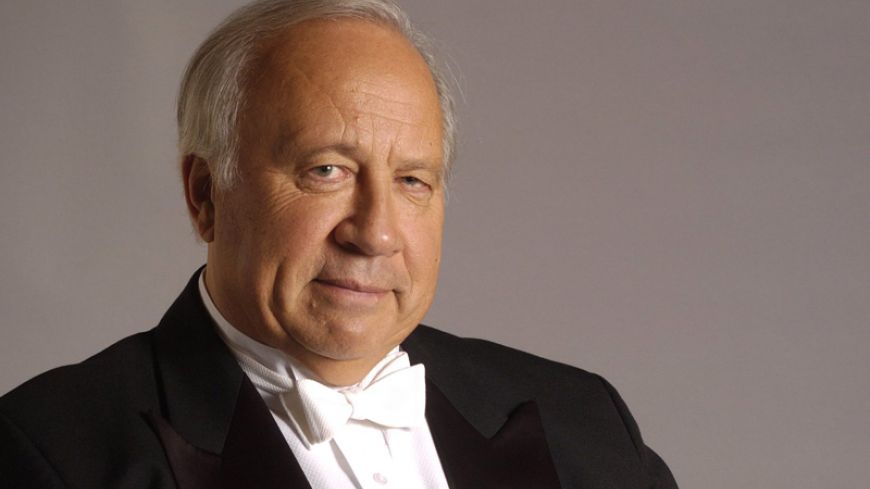
There were smiles all round to welcome back the Estonian born Neeme Järvi, who was the Royal Scottish National Orchestra’s Principal Conductor between 1984 and 1988 and who, eight years later, was honoured as Conductor Laureate. For many years he has been an American citizen; two sons are conductors and his daughter is a flautist.
Nobody could remember having ever played Sir John Blackwood McEwen’s Where the Wild Thyme Blows, a title taken from Oberon in A Midsummer Night’s Dream. Composed in 1936 as a Prelude, at their rehearsal Neeme Järvi is reported as opening the score and saying ‘Ah! Scottish’. Indeed McEwen was born in Hawick in 1868 but in 1898 he went to London’s Royal Academy of Music and became its Principal between 1924 and 1936. The music was thoughtful with hints of wild countryside, but I did not detect the hint of the Beatles Eleanor Rigby which John Cushing had told us to listen out for.
It makes a lot of sense to have the piano already in place for the second work of the evening. The celebrated pianist Christian Blackshaw was off the scene for a number of years but he is back and gave us a positive and sensitive playing of the piano concerto Beethoven had written when only fourteen years old. He and John Cushing had been at college together in the late sixties.
John Cushing is the RSNO’s Principal Clarinettist but also a Player Director of the Orchestra. In his pre-concert talk his easy yet authoritative manner was a joy. He took the theme of how a composer has to decide which instrument best suits the music he is writing.
As part of a wedding day tryst, John Cushing had the Principal Flautist, Katherine Bryan, with him (and Kennedy, her fiancé at the back). John played the solo that opens Sibelius’ Symphony No 1 on his clarinet. It set a deep and sombre scene. He then asked Katherine to play the same on her flute, and of course it was far too joyful. Interestingly she had added an inch or two to her flute to be able to get to the lowest notes.
There are four movements in the Sibelius Symphony No 1 and the third is particularly difficult for the players. We were given a demonstration of its throat notes on clarinet and flute. But when it came to the performance itself Neeme Järvi was the master very much in control and we enjoyed a memorable performance.
The Orchestra had been doing some recordings with Neeme Järvi of marches and waltzes. He was enthusiastic. Word got round that if we applauded enough at the end we would hear one as an encore, and so we did. Amusingly, rather than go off stage and come back on during the applause, Neeme Järvi did circuits of the players. Eventually he had to lift the music and wave us farewell before the applause died down.
Event: Friday 20 April 2012, 7.30pm

